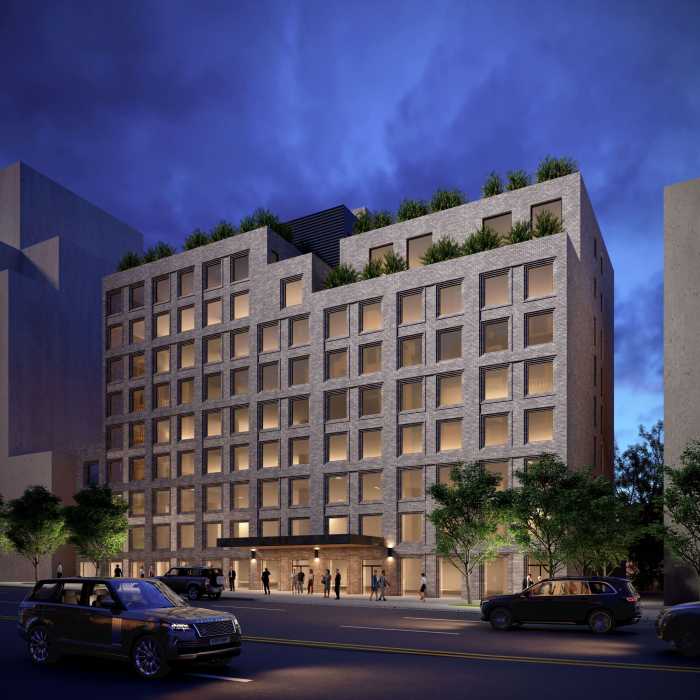There’s a ticking time bomb beneath the murky surface of the East River that could wreak havoc on the recently hiked budget of the Brooklyn Bridge Park development.
Officials are racing to inspect the 12,000 timber piles that support five piers that are susceptible to marine-boring organisms. If the micro-pests have ravaged the wooden structures since the last survey in 2004, the Brooklyn Bridge Park Development Corporation would have to spend millions more — some say it would be $150 million over 15 years — than is currently available.
“One of the larger unknowns is the state of the timber piles,” said BBPDC President Regina Myer. “That’s why we’re starting a study to understand the state of this asset.”
As part of the unusual funding arrangement for Brooklyn Bridge Park, 85 acres of parkland, 1,200 luxury apartments, a 225-room hotel and retail along the waterfront would pay fees for the annual upkeep of the park — but the majority of apartments and the hotel are now off the table.
When complete, park planners have said, it will cost $16.1 million to operate the open space every year, money they expected to generate from those now-sidetracked non-park uses. Of that $16.1 million, only about $4 million is budgeted for piling work.
So far, fees are only being collected at one building — the former Jehovah’s Witness printing plant on Furman Street now known as One Brooklyn Bridge Park. That luxury condominium will contribute $3 million per year, far from enough to cover any significant repairs to the piers.
“One Brooklyn Bridge Park is not sufficient to take on the maritime infrastructure,” Myer told The Brooklyn Paper. “That’s why we emphasize getting the other development projects going in the coming years.”
Until recently, the project planners had always declared that they intended to build all the recreational spaces of rolling lawns, playgrounds and sports fields on the Brooklyn Heights and DUMBO Riviera before constructing the controversial housing and hotel components. But a financial pressure cooker has led them to push ahead with private areas while some actual park terrain is delayed until more government money is found.
The cost of maintaining the piers, which are between the Brooklyn Bridge and the foot of Atlantic Avenue, has been estimated at $4.06 million per year over the next 50 years, but could be as high as $10 million per year in the first 15 years, according to the development agency.
If the park planners are lucky, the costs won’t soar that high. The Port Authority of New York and New Jersey, which previously owned the docks, spent $42 million from 1995 through 2005 to keep them ship-shape.
A shortage of funds has been a chronic ailment of the park since Mayor Bloomberg and then-Gov. Pataki committed $150 million in 2002 to build the park by 2012. The park’s boundaries have expanded since then, but that alone does not account for a price tag that has skyrocketed to $350 million. The project is also behind schedule; with only $230 million allocated, three piers and a boating area around them are on hold.
























